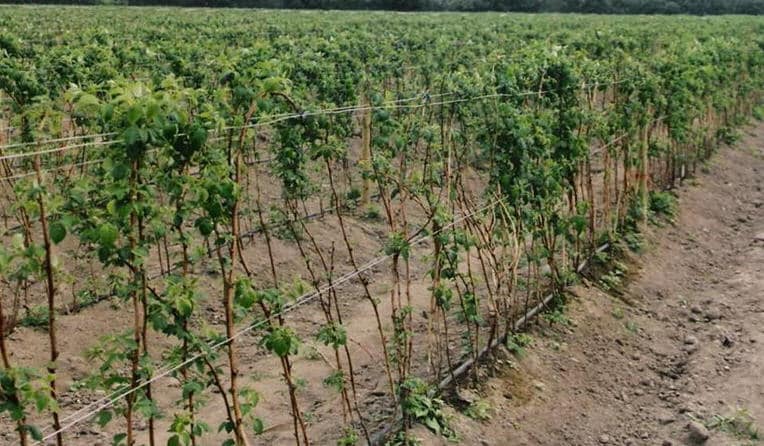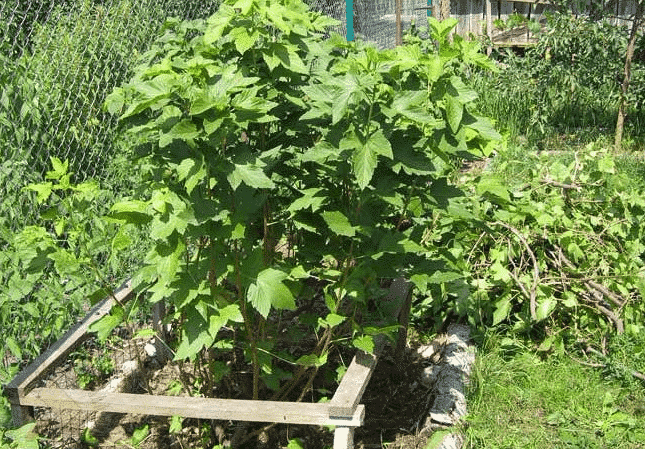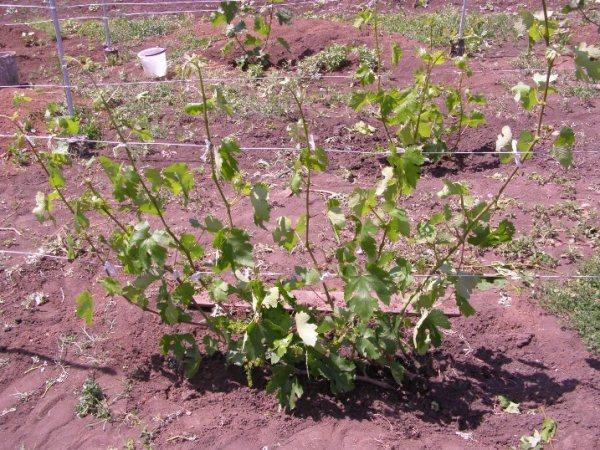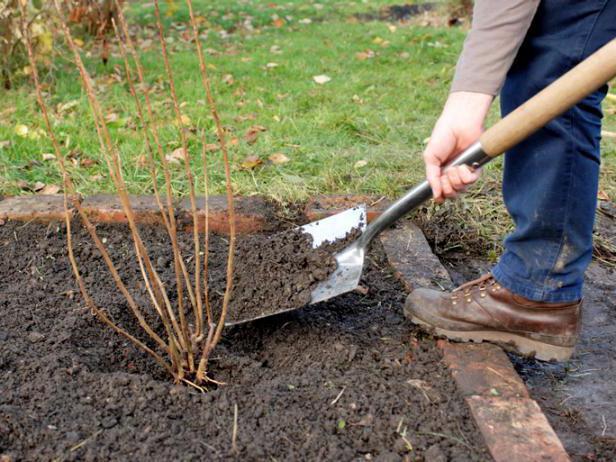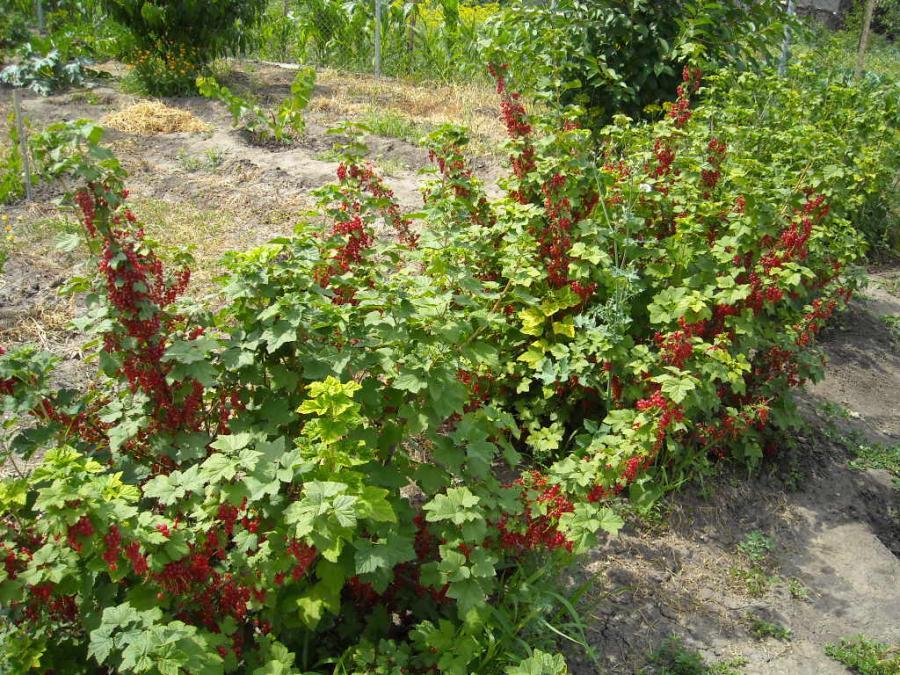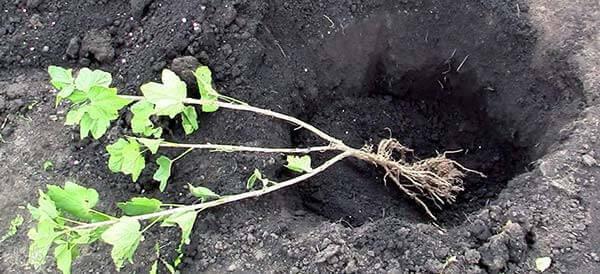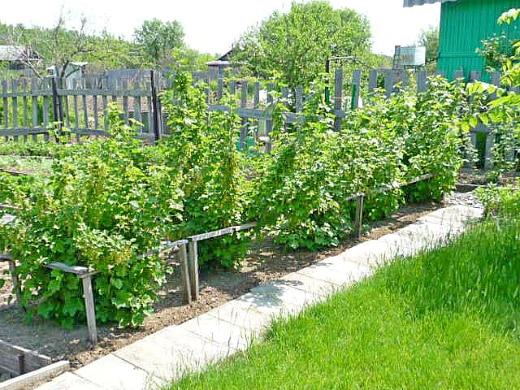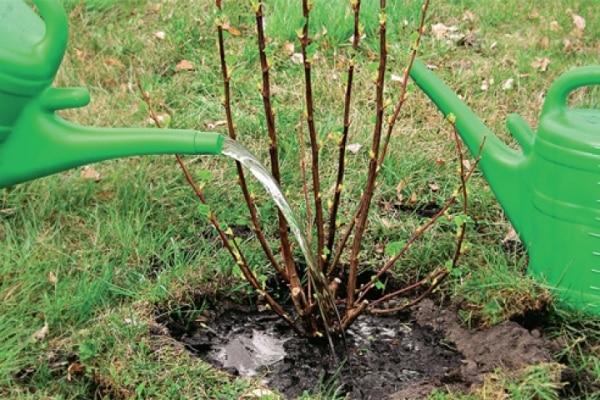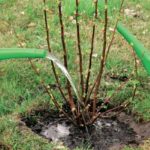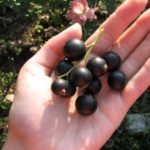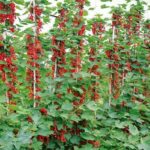Inexperienced gardeners and lovers of fruit and berry bushes are often occupied with questions about when and how to plant currants in their garden plots in order to achieve a good harvest and comfort for the plant growing in certain climatic conditions. The quality of life of a shrub and its productivity depend on the characteristics of the planting material, on constant adherence to the rules and timing of planting, and compliance with standards for caring for currants.
- How to choose healthy and strong seedlings
- What you need to prepare before landing
- Optimal timing for disembarkation
- How planting times depend on the region
- Planting methods and technology
- Preparing the soil mixture
- Site selection
- Recommended neighborhood
- Layout and depth of the landing pit
- Distance between bushes
- Proper care of a young bush after planting
- Recommendations for beginning gardeners
How to choose healthy and strong seedlings
Careful selection and inspection of the appearance of blackcurrant seedlings is the key to plant health and the creation of prerequisites for good harvests in the future. You need to purchase seedlings in specialized stores with available documentation for a particular variety of a given crop.
In any case, planting material must have:
- developed and powerful root system. Roots with at least two branches, at least 30 centimeters long;
- moist, without any damage, rhizomes;
- smooth-looking bark throughout the root system, without dry, old and wrinkled shoots.
What you need to prepare before landing
Before planting and purchasing planting material, it is necessary to decide and prepare the planting site itself. For black currants of any variety, an area with significant sunlight, located in a lowland with sufficiently moist soil, is suitable.
Such preparation will have a good effect:
- on the development of seedlings and rooting of cuttings;
- on the vital activity of planting material - plants planted in lowlands will be protected from the winds;
- on flowering shrubs without the formation of barren flowers;
- on currant yield - the berry harvest will be quite high;
- on the size and taste of the berries - they will be large and sweet.
The soil in your garden plot should be slightly acidic and loose.
Optimal timing for disembarkation
There are many, and very diverse, opinions about which month and when it is better to plant currants - in spring or autumn. Some people believe that currant bushes can be planted at any time.And some gardeners are sure that seedlings take root better during the autumn planting period.
Someone tried to place a branch cut from a bush in water, after which, after about 30 days, a root system appeared in the currant, and the plant was planted in the ground in the summer. In fact, the most suitable time for planting currants is the autumn months - September and October.
The root system of currants planted in the fall prospers and grows even before the start of winter. And after the so-called wintering, the shrub already produces shoots and produces crops.
Experts in this field confirm the fact that shrubs have excellent survival rate at one time or another of the year. However, in order to have a good harvest, it is still recommended to plant the crop in the fall, and not in the summer, in August, and not in the spring.
How planting times depend on the region
Black currants are planted on the eve of the first frost, since early placement of currants in the soil can provoke the growth of new shoots and swelling of the buds. And this threatens partial loss of the harvest.
Late planting of planting material will not allow the plant to take root, which will lead to its death in frosty weather.
The climatic conditions available in Russia must correspond to the specified dates for planting shrubs in the autumn:
- in Central Russia, currants should be planted in early October;
- in the Leningrad region - at the end of September;
- in the territories of Siberia and the Urals, planting is recommended in mid-September;
- in the southern regions - in late October and early November.
Planting methods and technology
The vital activity of the plant and its productivity will depend on the correctly selected method of planting black currants and compliance with its technology.
Preparing the soil mixture
To plant currants in open ground, you need to prepare the soil mixture:
- from phosphorus components, within 60 grams;
- potassium supplements, based on about 30 grams;
- from wood ash, within 120 grams.
Site selection
The site for planting currants should be different:
- sufficient lighting;
- not swampy, but moist soil;
- certain protection (in the form of, for example, a fence) from negative weather conditions - heavy rains, winds;
- medium loamy soil.
Recommended neighborhood
The best companion for black currants would be onions, which can protect the crop from the pest bud mite.
Also, garlic, honeysuckle, and Jerusalem artichoke will get along with fruit and berry bushes.
Layout and depth of the landing pit
Before being buried in the soil, the seedling is processed, freed from dry roots, and removed from leaves; Planting material cannot be planted without roots.
The technology for planting the described crop is supported by the step-by-step instructions below:
- Level the area, mark places for planting holes; dig them up, put the compost component and ash at the bottom. Fill the hole with water and wait until it is absorbed. One-year-old seedlings are planted in holes buried 30 centimeters, two-year-olds - 50 centimeters.
- Place the seedling in the hole at an angle of 45 degrees, straighten the roots, and deepen the root neck by 10-12 centimeters.
- Cover the plant with soil, compact it, and water it.
- Afterwards, sprinkle the soil under the seedlings with peat, dry grass, and leaves.
A similar planting scheme refers to the classic method of planting black currants.
There are other ways to schematically deepen the culture being described:
- Fan planting method (the plant is placed in a hole in a strictly vertical position, it literally weighs on the trellises).
- Trellis planting method (all buds and young shoots are removed from the plant and planted vertically using the classical method).
Distance between bushes
Black currants should be planted while maintaining a distance of 1.5-3 meters between neighboring bushes. This method will allow the crop to develop normally and increase productivity.
Proper care of a young bush after planting
For better survival, after placing the seedlings in the soil, you must:
- Mulch the soil layer with a compost component and peat.
- Sprinkle the holes with sand to prevent the soil from hardening.
- Water with warm water.
- Hill up seedlings before frost.
- Before the onset of cold weather, cover the currants with a special film.
When spring arrives, to quickly awaken the crop, the covering material from the plants must be removed and the soil near the bushes loosened.
Recommendations for beginning gardeners
You can achieve high yields and large, aromatic currant berries by following the recommendations and tips below:
- To increase the yield on your personal plot, you should plant several types of black currants at once, with different flowering and fruiting periods.
- Give the shrubs a so-called “spacious living space”, that is, plant currant bushes no closer than 1 meter from each other.
- Feed the plant with a special mixture based on starch.
- Carry out regular watering.
- Take care of the health of the bushes - remove the affected plants and all its parts, and treat the plant, especially after wintering, with hot water from a watering can.

